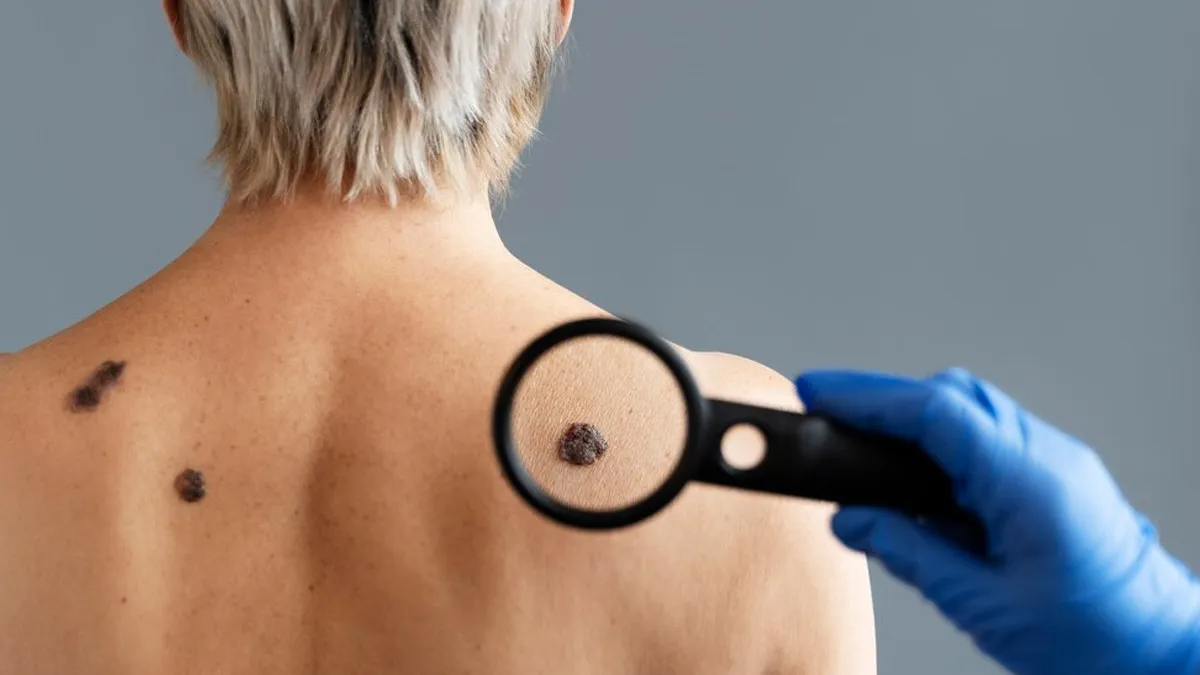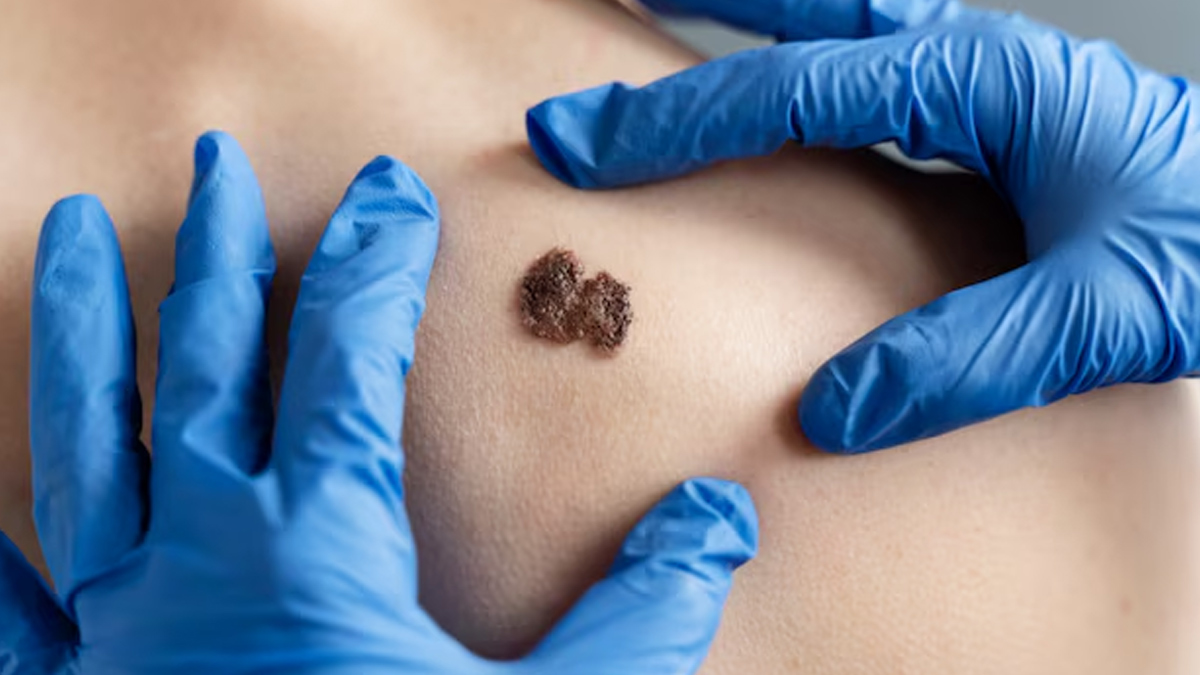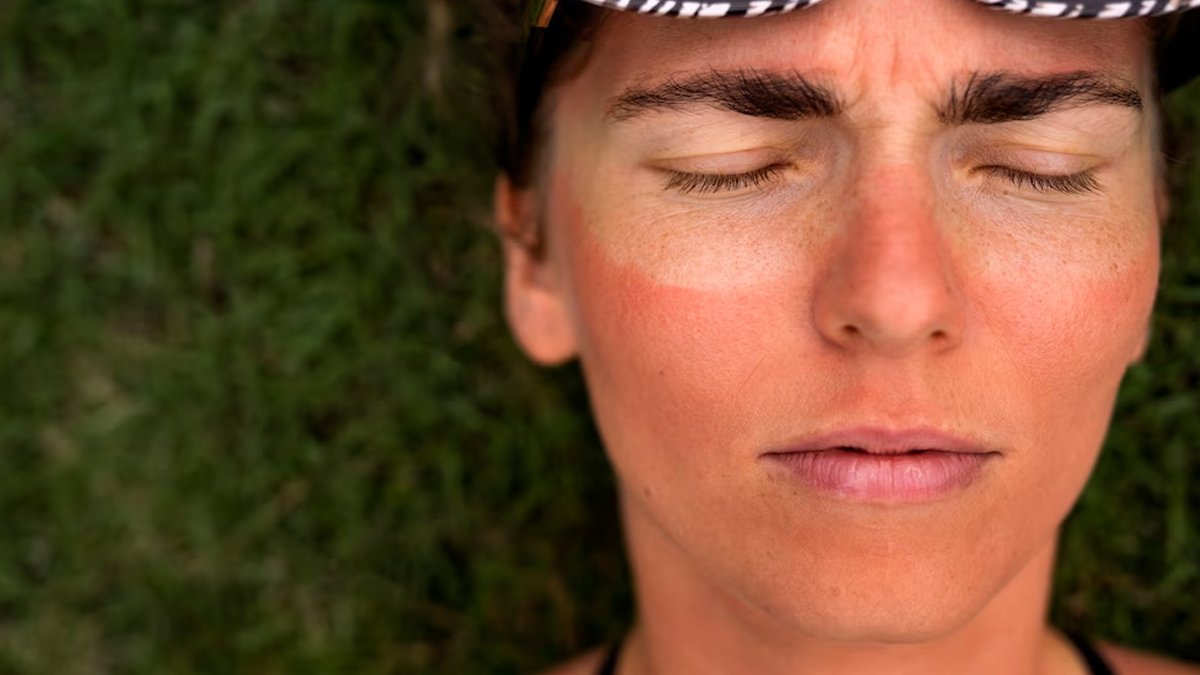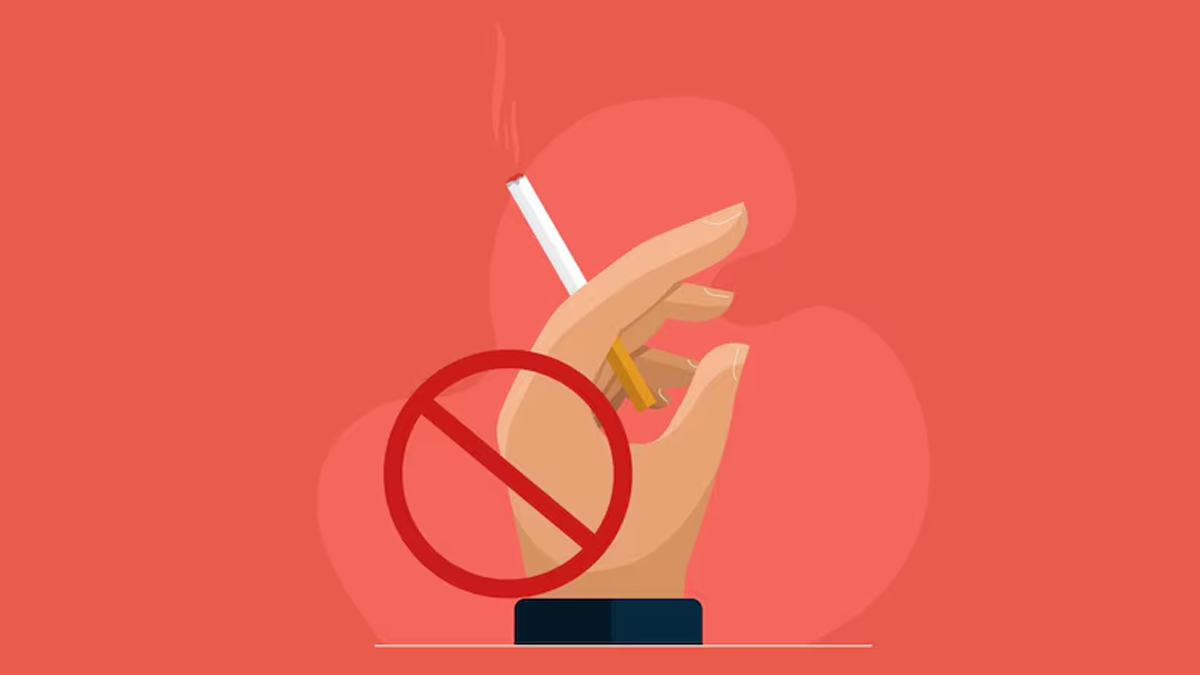
Skin cancer, particularly melanoma, has become a growing concern worldwide. Yet, it's not just about sunburns or genetics as everyday lifestyle choices play a pivotal role in determining your risk. From sun exposure habits to dietary and lifestyle patterns, simple adjustments can make a significant difference in protecting your skin and overall health. To guide you through these changes, we spoke to our expert Dr Rashek Kazi, MD, PhD, Dermatologist, Memorial Sloan Kettering Cancer Center, who shared practical insights on how you can reduce your risk and take proactive steps toward a healthier future.
Table of Content:-
What Is Melanoma?

Melanoma, a type of cancer originating in the skin's melanocytes, presents a significant health concern worldwide. “These melanocytes are responsible for producing melanin, the pigment that gives skin, hair, and eyes their colour. While melanoma constitutes only a fraction of skin cancer cases, it is among the most serious and potentially life-threatening forms,” said Dr Kazi.
According to a 2021 study, the prevalence of melanoma has been on the rise globally, prompting heightened awareness and proactive measures to combat its incidence. Recent data highlights the North region of India as having the highest Age-Adjusted Rate (AAR) per 100,000 individuals for melanoma of the skin, underscoring the pressing need for heightened awareness and proactive measures to combat this potentially life-threatening disease.
Also Read: When Should You Start Worrying About A Mole?
Understanding Melanoma Risk Factors
According to the American Cancer Society, a risk factor is any element that increases the likelihood of developing a disease, such as cancer. However, having one or even multiple risk factors doesn’t guarantee you will develop melanoma. Many individuals with risk factors never experience the disease, while others with little to no known risks may still be diagnosed with it.
Accounting for only 2% of skin cancer cases, melanoma has a higher propensity to metastasize, spreading to other parts of the body through the bloodstream. Here are some risk factors that may lead to melanoma, as listed by the expert:

- Melanoma risk factors encompass various aspects, primarily revolving around sun exposure. “Overexposure to Ultraviolet (UV) radiation, specifically UVB rays, increases the likelihood of developing melanoma, with sunburns or blistering being notable precursors,” said Dr Kazi.
- Melanoma can also start in areas of the body not typically exposed to sunlight, such as the soles of feet or palms, nails, and mucous membranes. Additionally, age plays a significant role, as prolonged UV exposure accumulates damage over time, typically manifesting as melanoma in older individuals due to decreased skin repair capacity.
- Certain mole characteristics, including large size, irregular shape, asymmetry, multiple colours, or familial clustering, heighten melanoma risk. Furthermore, individuals born with large or giant congenital moles face increased susceptibility, particularly contingent on mole size. A personal or family history of melanoma, especially with inherited genetic mutations like CDKN2A, substantially elevates the risk.
- Moreover, fair skin, light eyes, and blond or red hair also predispose individuals to melanoma, although even those with darker skin tones can be affected, especially if prone to freckling or sunburn.
Also Read: Skin Infections: 5 Bad Habits That Increases The Risk
Protective Measures Against Melanoma
Apply Sunscreen Daily

To safeguard your skin from the sun's harmful rays, it's crucial to use broad-spectrum sunscreen, which effectively blocks both UVA and UVB radiation. “Opt for a sunscreen with a Sun Protection Factor (SPF) of 30 or higher, applying it generously at least 30 minutes before heading outdoors, regardless of whether it's sunny or cloudy,” advised Dr Kazi.
Ensure thorough coverage by applying a thick layer, approximately 2 tablespoons, evenly across your face and body. To maintain protection, remember to reapply sunscreen every two hours and after swimming, towel drying, or sweating, allowing for uninterrupted defence against UV exposure.
Limit Sun Exposure
One of the most effective ways to reduce your risk of melanoma is to limit your exposure to the sun, especially during peak hours between 10 am and 4 pm. When outside, opt for shade whenever possible and wear protective gear like wide-brimmed hats, long-sleeved clothing, and UV-blocking sunglasses.
Avoid Tanning Beds
Tanning beds expose your skin to harmful UV radiation, elevating the risk of melanoma and other skin cancers. To achieve a bronzed glow safely, choose sunless tanning products or spray tans as a safer alternative.
Avoid Smoking

Individuals who smoke have double the likelihood of developing squamous cell carcinoma and are at an elevated risk of melanoma, both prevalent types of skin cancer. A study published in the New England Journal of Medicine indicates that e-cigarettes may contain formaldehyde levels up to 15 times higher than conventional cigarettes, raising concerns as formaldehyde is recognized as a carcinogenic substance.
Limit Alcohol Consumption
Alcohol, often associated with lifestyle ailments, is now implicated in the development of skin cancers like basal cell carcinoma and squamous cell carcinoma. A 2022 study highlights a strong link between alcohol consumption, including wine and beer, and an increased risk of melanoma. Prolonged alcohol intake may raise the risk by as much as 14%.
Perform Monthly Self-Examinations
Conduct a self-examination at least once a month, focusing on areas, such as your palms, soles, and nails. Look for any moles changing in size, shape, or colour. An early identification of changes can result in a more effective intervention and a better outcome.
Bottomline
Dr Kazi concluded, “Although most skin cancers are non-melanoma and usually respond well to topical treatments or minor surgeries, melanoma poses a more serious threat. Therefore, by incorporating certain lifestyle adjustments, you actively protect your skin and lower the chances of melanoma. Remember, prevention is always better than cure, so prioritise your skin health today for a brighter and healthier tomorrow.”
[Disclaimer: This article contains information provided by an expert and is for informational purposes only. Hence, we advise you to consult your own professional if you are dealing with any health issues to avoid complications.]
Also watch this video
How we keep this article up to date:
We work with experts and keep a close eye on the latest in health and wellness. Whenever there is a new research or helpful information, we update our articles with accurate and useful advice.
Current Version
